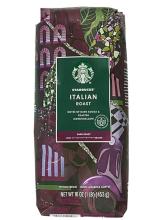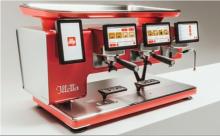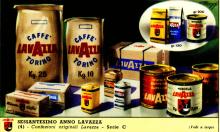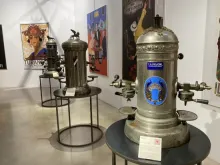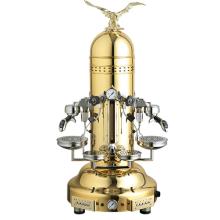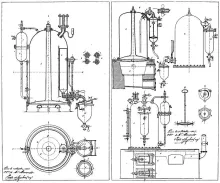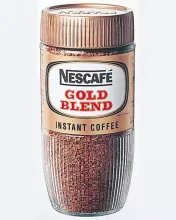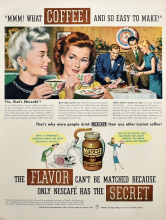Before WWII in northern Italy, people have preferred espresso using dark roast coffee.
In the other side before 1960s in the US, people preferred light roasted coffee.
After the term when peet's coffee showed up in Carfornia, Italian Roast began to get popularity.
And then Starbucks make it gain major recognition in the US coffee market.
